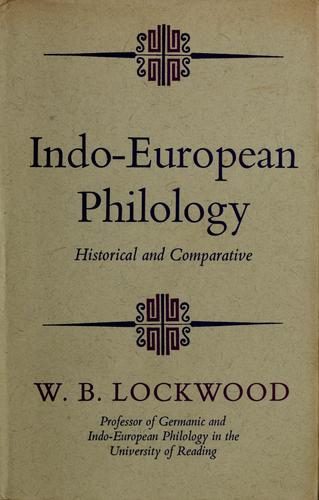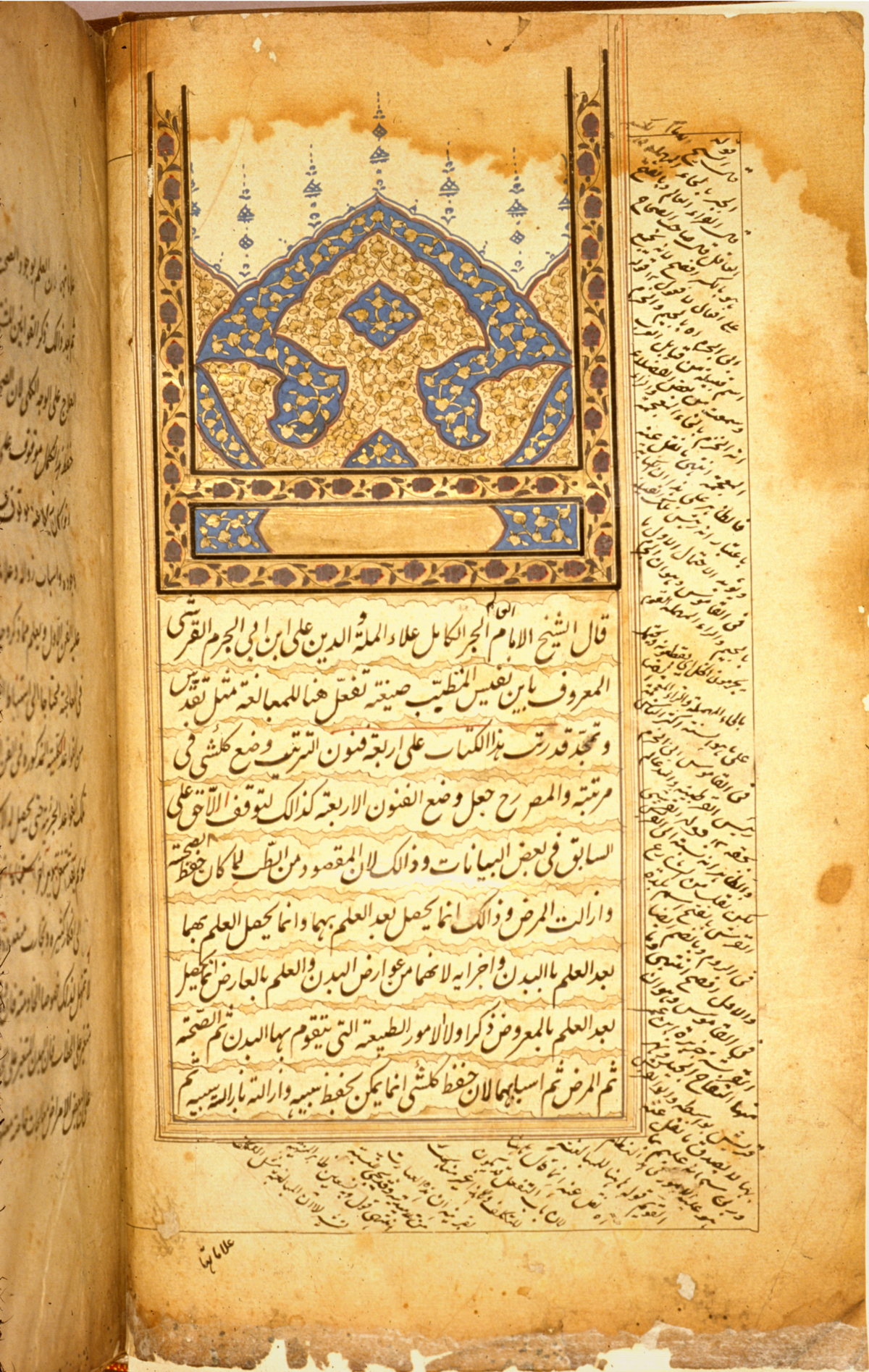|
John Balbi
John of Genoa or Johannes Balbus (died c. 1298) was an Italian grammarian and Dominican priest. At an advanced age, John gave away his wealth to the poor of Genoa and entered the Order of St Dominic. He is best known for his Latin grammar, ''Summa Grammaticalis'', better known as the '' Catholicon'', apparently the first Latin lexicographical work "to achieve complete alphabetization (from the first to the last letter of each word)."Hans Sauer in A.P. Cowie (ed.), ''The Oxford History of English Lexicography'' (Oxford UP, 2009), pp. 30-31. This work is made up of treatises on orthography, etymology, grammar, prosody, rhetoric, and an etymological dictionary of the Latin language (''primae, mediae et infimae Latinitatis''). It was highly respected as a textbook for over a century after its publication, and received both excessive criticism and excessive praise. Erasmus was particularly critical of the work, criticizing it in his works ''De Ratione Studiorum'' and ''Colloquia''. ... [...More Info...] [...Related Items...] OR: [Wikipedia] [Google] [Baidu] |
Philologist
Philology () is the study of language in oral and written historical sources. It is the intersection of textual criticism, literary criticism, history, and linguistics with strong ties to etymology. Philology is also defined as the study of literary texts and oral and written records, the establishment of their authenticity and their original form, and the determination of their meaning. A person who pursues this kind of study is known as a philologist. In older usage, especially British, philology is more general, covering comparative and historical linguistics. Classical philology studies classical languages. Classical philology principally originated from the Library of Pergamum and the Library of Alexandria around the fourth century BC, continued by Greeks and Romans throughout the Roman and Byzantine Empire. It was eventually resumed by European scholars of the Renaissance, where it was soon joined by philologies of other European ( Romance, Germanic, Celtic, ... [...More Info...] [...Related Items...] OR: [Wikipedia] [Google] [Baidu] |
Dizionario Biografico Degli Italiani
The ''Dizionario Biografico degli Italiani'' () is a biographical dictionary published in 100 volumes by the Istituto dell'Enciclopedia Italiana, started in 1960 and completed in 2020. It includes about 40,000 biographies of distinguished Italians. The entries are signed by their authors and provide a rich bibliography. History The work was conceived in 1925, to follow the model of similar works such as the German ''Allgemeine Deutsche Biographie'' (1912, 56 volumes) or the British ''Dictionary of National Biography'' (from 2004 the ''Oxford Dictionary of National Biography''; 60 volumes). It is planned to include biographical entries on Italians who deserve to be preserved in history and who lived at any time during the long period from the fall of the Western Roman Empire In modern historiography, the Western Roman Empire was the western provinces of the Roman Empire, collectively, during any period in which they were administered separately from the eastern provinces b ... [...More Info...] [...Related Items...] OR: [Wikipedia] [Google] [Baidu] |
Grammarians From Italy
Grammarian may refer to: * Alexandrine grammarians, philologists and textual scholars in Hellenistic Alexandria in the 3rd and 2nd centuries BCE * Biblical grammarians, scholars who study the Bible and the Hebrew language * Grammarian (Greco-Roman), a teacher in the second stage in the traditional education system * Linguist, a scientist who studies language ** Grammarian, a linguistic specialist in grammar, the structural rules that govern natural languages * Philologist, a scholar of literary criticism, history, and language * Sanskrit grammarian, scholars who studied the grammar of Sanskrit * Speculative grammarians or Modistae, a 13th and 14th century school of philosophy * Grammarians of Basra, scholars of Arabic * Grammarians of Kufa, scholars of Arabic See also * ''Grammaticus'', a name used by several scholars * Neogrammarian The Neogrammarians (, , ) were a German school of linguists, originally at the University of Leipzig, in the late 19th century who proposed the Neo ... [...More Info...] [...Related Items...] OR: [Wikipedia] [Google] [Baidu] |
Grammarians Of Latin
Grammarian may refer to: * Alexandrine grammarians, philologists and textual scholars in Hellenistic Alexandria in the 3rd and 2nd centuries BCE * Biblical grammarians, scholars who study the Bible and the Hebrew language * Grammarian (Greco-Roman), a teacher in the second stage in the traditional education system * Linguist, a scientist who studies language ** Grammarian, a linguistic specialist in grammar, the structural rules that govern natural languages * Philologist Philology () is the study of language in oral and written historical sources. It is the intersection of textual criticism, literary criticism, history, and linguistics with strong ties to etymology. Philology is also defined as the study of ..., a scholar of literary criticism, history, and language * Sanskrit grammarian, scholars who studied the grammar of Sanskrit * Speculative grammarians or Modistae, a 13th and 14th century school of philosophy * Grammarians of Basra, scholars of Arabic * Grammar ... [...More Info...] [...Related Items...] OR: [Wikipedia] [Google] [Baidu] |
Italian Dominicans
Italian Dominicans (; ) are Dominican Republic, Dominican-born citizens who are fully or partially of Italy, Italian descent, whose ancestors were Italians who emigrated to the Dominican Republic during the Italian diaspora, or Italian-born people in the Dominican Republic. The Italian community in the Dominican Republic, considering both people of Italian ancestry and Italian birth, is the largest in the Caribbean region. History There were a few hundred Italians who moved to live in "Santo Domingo" (as the Dominican Republic was then called), in the first centuries after the European colonization of the Americas, discovery of America in 1492. Most were religious, adventurers and traders. The turbulent years of Dominican independence even had a President of the Dominican Republic, Dominican president whose ancestors came from Ravenna—Francisco Gregorio Billini. Indeed, Billini was president between 1884 and 1885, and gave his resignation early after refusing to limit the free ... [...More Info...] [...Related Items...] OR: [Wikipedia] [Google] [Baidu] |
13th-century Linguists
The 13th century was the century which lasted from January 1, 1201 (represented by the Roman numerals MCCI) through December 31, 1300 (MCCC) in accordance with the Julian calendar. The Mongol Empire was founded by Genghis Khan, which stretched from Eastern Asia to Eastern Europe. The conquests of Hulagu Khan and other Mongol invasions changed the course of the Muslim world, most notably the Siege of Baghdad (1258) and the destruction of the House of Wisdom. Other Muslim powers such as the Mali Empire and Delhi Sultanate conquered large parts of West Africa and the Indian subcontinent, while Buddhism witnessed a decline through the conquest led by Bakhtiyar Khilji. The earliest Islamic states in Southeast Asia formed during this century, most notably Samudera Pasai. The Kingdoms of Sukhothai and Hanthawaddy would emerge and go on to dominate their surrounding territories. Europe entered the apex of the High Middle Ages, characterized by rapid legal, cultural, and religious evo ... [...More Info...] [...Related Items...] OR: [Wikipedia] [Google] [Baidu] |
13th-century Italian Roman Catholic Priests
The 13th century was the century which lasted from January 1, 1201 (represented by the Roman numerals MCCI) through December 31, 1300 (MCCC) in accordance with the Julian calendar. The Mongol Empire was founded by Genghis Khan, which stretched from Eastern Asia to Eastern Europe. The conquests of Hulagu Khan and other Mongol invasions changed the course of the Muslim world, most notably the Siege of Baghdad (1258) and the destruction of the House of Wisdom. Other Muslim powers such as the Mali Empire and Delhi Sultanate conquered large parts of West Africa and the Indian subcontinent, while Buddhism witnessed a decline through the conquest led by Bakhtiyar Khilji. The earliest Islamic states in Southeast Asia formed during this century, most notably Samudera Pasai. The Kingdoms of Sukhothai and Hanthawaddy would emerge and go on to dominate their surrounding territories. Europe entered the apex of the High Middle Ages, characterized by rapid legal, cultural, and religious evol ... [...More Info...] [...Related Items...] OR: [Wikipedia] [Google] [Baidu] |
13th-century Italian Writers
The 13th century was the century which lasted from January 1, 1201 (represented by the Roman numerals MCCI) through December 31, 1300 (MCCC) in accordance with the Julian calendar. The Mongol Empire was founded by Genghis Khan, which stretched from Eastern Asia to Eastern Europe. The conquests of Hulagu Khan and other Mongol invasions changed the course of the Muslim world, most notably the Siege of Baghdad (1258) and the destruction of the House of Wisdom. Other Muslim powers such as the Mali Empire and Delhi Sultanate conquered large parts of West Africa and the Indian subcontinent, while Buddhism witnessed a decline through the conquest led by Bakhtiyar Khilji. The earliest Islamic states in Southeast Asia formed during this century, most notably Samudera Pasai. The Kingdoms of Sukhothai and Hanthawaddy would emerge and go on to dominate their surrounding territories. Europe entered the apex of the High Middle Ages, characterized by rapid legal, cultural, and religious ... [...More Info...] [...Related Items...] OR: [Wikipedia] [Google] [Baidu] |
1298 Deaths
Year 1298 (Roman numerals, MCCXCVIII) was a common year starting on Wednesday of the Julian calendar. Events By place Europe * April 20 – Rintfleisch massacres, Rindfleisch massacres: The Jews of Röttingen are Burned at the stake, burned en masse. The Colmar Dominican Rudolph (refers to him in Latin as a ''carnifex'', i.e. butcher or executioner) goes from town to town and kills all the Jews that fall under his control. He destroys the Jewish communities at Rothenburg ob der Tauber, Würzburg, Bamberg, Dinkelsbühl, Nördlingen and Forchheim. In the Free Imperial City of Nuremberg, the Jews thought to seek refuge in the Nuremberg Castle, which are assisted by Christian citizens. But Rindfleisch overcomes the defenders and massacres the Jews, on August 1. Spreading from Franconia to Bavaria and Austria, Rindfleisch and his persecutors destroy 146 communities, and some 20,000 - 100,000 Jews are killed. * June 1 – Battle of Turaida: Forces of the Livonian Orde ... [...More Info...] [...Related Items...] OR: [Wikipedia] [Google] [Baidu] |
Johann Fust
Johann Fust or Faust ( 1400 – October 30, 1466) was an early German printer. Family background Fust was born to a burgher family of Mainz, traceable back to the early thirteenth century. Members of the family held many civil and religious offices. The name was written "Fust" until 1506, when Peter Schöffer, in dedicating the German translation of Livy to Maximilian I, Holy Roman Emperor, called his father-in-law "Faust." Thenceforward, the family assumed this name. The Fausts of Aschaffenburg, an old and quite distinct family, placed Johann Fust in their pedigree. Johann's brother Jacob, a goldsmith, was one of the burgomasters in 1462, when Mainz was stormed and sacked by the troops of Count Adolf II of Nassau, in the course of which he seems to have been killed (suggested by a document dated May 8, 1678). Printing Fust, along with his brother, was a member of the goldsmiths' guild of Strasbourg. Like many medieval goldsmiths, he also functioned as a financier ... [...More Info...] [...Related Items...] OR: [Wikipedia] [Google] [Baidu] |



